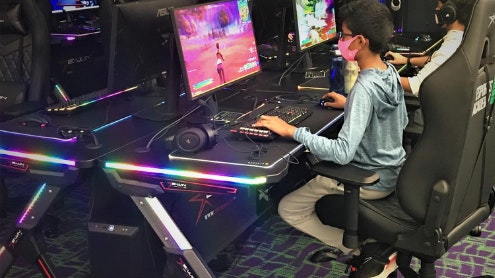Homepage
•
Learning Library
•
Blog
•
How To Start an Esports Club
Expand breadcrumbs
Expand breadcrumbs
- Learning Library
- Blog
- How To Start an Esports Club
- Homepage
- •
- Learning Library
- •
- Blog
- •
- How To Start an Esports Club
How To Start an Esports Club
By Carrie Rogers-Whitehead
February 18, 2022








